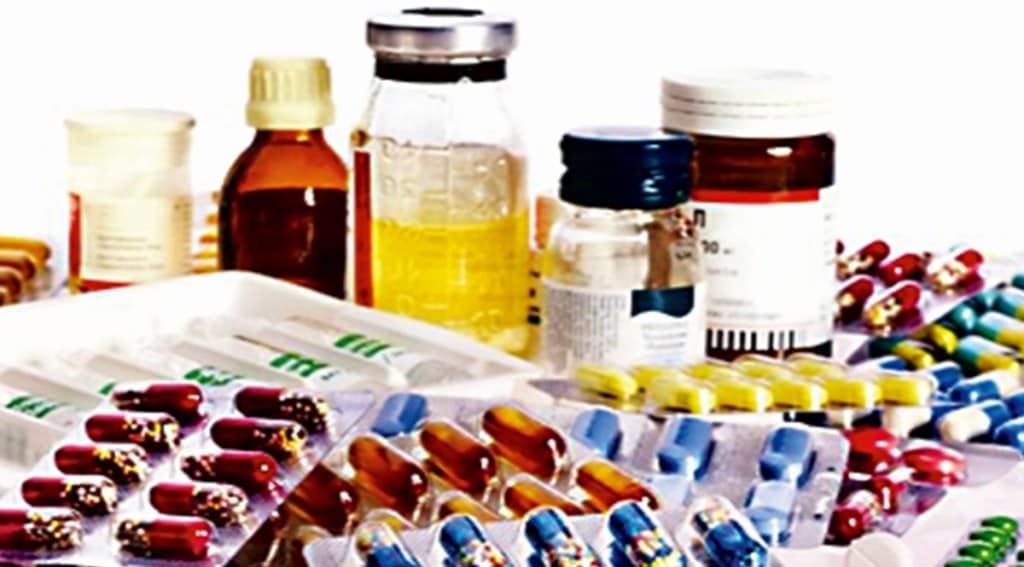By Shardul Nautiyal
The Indian pharma industry is today proactively embracing a host of technologies like Optical Variable Devices (OVDs), safety holograms and other track and trace technologies to address the challenge of counterfeiting of pharma products, according to Authentication Solutions Providers’ Association (ASPA).
ASPA is a Non-Profit organisation which came into existence in 1998 and is working to build up the authentication eco-systems and environment in the country against counterfeiting activity.
Some of the digital technologies, being deployed in the pharma industry, also include coding and serialization which covers components like Barcode, Data matrix and Radio Frequency Identification (RFID). Track-and-Trace Digital Technologies provide actionable intelligence to brand owners through electronic means so that they can pinpoint unauthorized sellers on the internet.
This can help in track-and-trace products through the distribution chain. It can also remotely authenticate a product anywhere and anytime by scanning a product label with a smartphone or by entering a code into a web-platform.
ASPA recently came out with a White Paper titled ‘Substandard and falsified medical products, learnings from COVID-19 pandemic & technological tools to ensure medicines and patient safety’.
It pointed out that fueled by the COVID-19 pandemic, incidents of sub-standard and falsified (SF) medical products increased by almost 47% from 2020 to 2021.
The noticed incidents were majorly related to COVID-19 related medical products, including Vaccines, Medicines, COVID Test Kits, Anti-Biotics, Face Masks and Sanitizers. During the COVID-19 peak, incidents of SF medical products were observed in 23 out of 29 States and 7 Union Territories of India.
“Protecting Pharmaceutical medicines and devices from counterfeiting, tampering, and diversion demands a new mindset for drug manufacturers and regulators alike. They must recognize the need to treat pharmaceutical packaging like a valuable currency and secure it with robust security and authentication features,” according to the White Paper.
ASPA has recommended using a multi-technology approach, including layers of overt, covert, digital, and analytical technologies to address counterfeiting, tampering, and diversion through a strategy of interdiction, authentication, and digital verification.
It has recommended Overt Technologies which are designed to be easily recognizable but difficult for counterfeiters to replicate. They deliver unique visual features that a consumer can easily validate in a point-of-sale environment.
These features include inks, holograms, labels, and tamper-evident seals and provide the first layer of protection against the fraudulent use of a product.
An overt mark gives caregivers something to look for before administering a drug to know that they have the right drug in hand and that it is authentic. At the same time, overt authentication technologies empower consumers to take part in the authentication process as well since little training and no equipment is required to identify a well-executed overt mark as authentic.
There are Covert Technologies that contain hidden features that are not visible to the human eye and can only be detected with commercially available microscopes or specialized readers, making them ideal for second-level field investigators looking for an added degree of certainty in the authentication process. Covert solutions can be incorporated into products along with overt authentication solutions or can function on a stand-alone basis to protect against counterfeiting.
A hospital worker concerned about a potential simulation of packaging may not have time to send a questioned drug out for third-party analysis. A covert feature can provide a field investigator such as a hospital security officer an additional level of assurance that a product is authentic.
“The counterfeiting, tampering, and diversion of pharmaceuticals are on the rise because of many reasons including the imbalance between supply and demand for the authentic product or its ingredients. This also includes poor practices along the supply chain, inadequate quality control at the manufacturing site, weak regulatory measures, non-adoption and right use of anti-counterfeiting technology, enforcement measures and above all awareness,” ASPA White Paper revealed.









